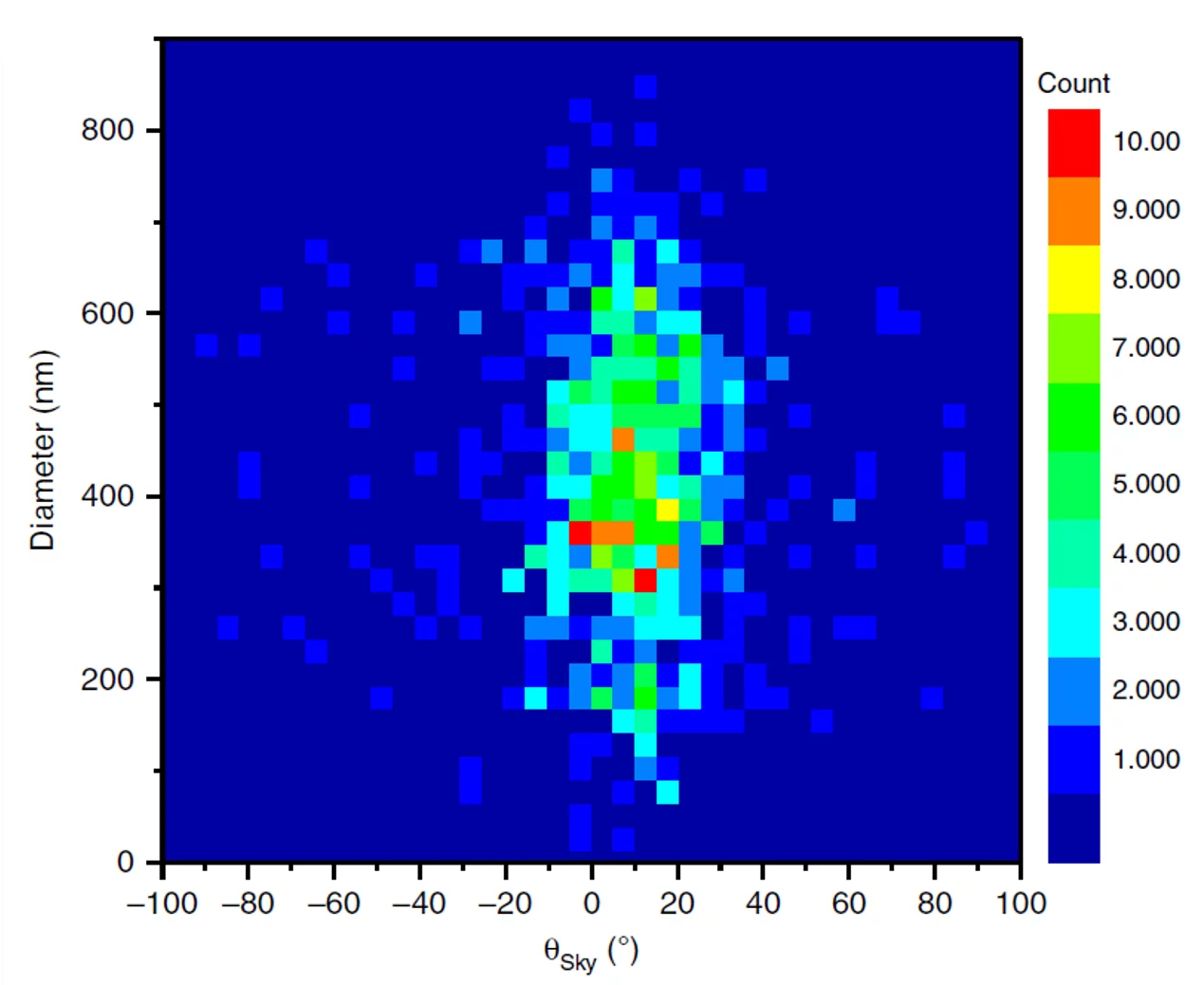Topologically non-trivial spin configurations such as the magnetic skyrmion have attracted much interest from the scientific community thanks to their topologically-controlled properties. This topology, originating from the chirality of their domain wall, leads magnetic skyrmions to exhibit a unique response to the application of electrical pulses. This response, known as skyrmion Hall effect, gives rise to a combined forward and lateral motion of the magnetic skyrmions. Such diagonal motion is undesirable for skyrmion-based devices, where a pure forward motion is instead preferred.
In this work, published in the journal Nature Communications, scientists from a joint international cooperation (amongst which the University of Leeds and the PolLux endstation of the Swiss Light Source) have investigated the skyrmion Hall effect and how to control it. In particular, thanks to a thorough optimization process, which allowed for the growth of multilayered magnetic films that stabilize magnetic skyrmions in absence of external bias fields, the influence of the diameter of the magnetic skyrmion on its motion (with otherwise equal parameters) could be investigated. Somewhat surprisingly, a diameter-independent skyrmion Hall angle was observed.
To find the reasons leading to the observed independence of the skyrmion Hall angle on the skyrmion diameter, the researchers investigated the motion of the magnetic skyrmions under a wide range of conditions. In particular, it was observed that areas exhibiting a reduced density of pinning sites with a small number of magnetic skyrmions lead to a diameter-dependent skyrmion Hall angle. This allowed for the conclusion that the skyrmion trajectories are affected by the combined effect of skyrmion-skyrmion interactions and by the pinning sites present in the magnetic material.
Therefore, by controlling the density of pinning sites and the density of magnetic skyrmions present in the magnetic structure (i.e. by controlling the local energy landscape experienced by the magnetic skyrmions), it will be possible to control the skyrmion Hall angle. This would allow for interesting applications in skyrmion-based devices, where the skyrmion Hall angle can be tailored to the desired application.
Contact:
Dr. Jörg Raabe
Swiss Light Source
Paul Scherrer Institut
Telephone: +41 56 310 5193
E-mail: joerg.raabe@psi.ch
Prof. Dr. Christopher Marrows
School of Physics and Astronomy
University of Leeds
Telephone: +44 113 343 7126
E-mail: c.h.marrows@leeds.ac.uk
Original Publication:
Diameter-independent skyrmion Hall angle observed in chiral magnetic multilayers
Katharina Zeissler, Simone Finizio, Craig Barton, Alexandra J. Huxtable, Jamie Massey, Jörg Raabe, Alexandr V. Sadovnikov, Sergey A. Nikitov, Richard Brearton, Thorsten Hesjedal, Gerrit van der Laan, Mark C. Rosamond, Edmund H. Linfield, Gavin Burnell, Christopher H. Marrows
Nature Communications 11, 428 (2020)
DOI: 10.1038/s41467-019-14232-9
